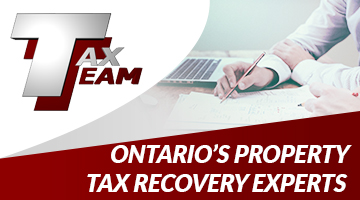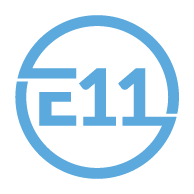By law, as of January 1, 2021, all public sector organizations and private or non-profits organizations with 50+ employees must make their web content fully accessible and compliant under Ontario’s Web Content Accessibility Guidelines (WCAG).
How to Comply
To comply with WCAG, your public-facing website and all newer posted content must meet WCAG 2.0 standards (as outlined in the Accessibility Standard for Information and Communications). For more detailed information on what needs steps need to be done to make your website accessible visit – https://www.ontario.ca/page/how-make-websites-accessible.
It should also be noted that you don’t have to make changes to your internal website to make it accessible. As well, any content posted to your website before 2012 does not need to be modified to meet WCAG. However, if you are asked, you will need to work with individuals to make this content available to them in an alternate format such as large print or braille.
Tips for Testing your Websites for Accessibility
Once your website is updated to meet WCAG, it is a good idea to test your website out to make sure that your new or refreshed website is accessible before it is launched. Here are some good ways to ensure your website will be accessible for all of your users.
Automatic Assessment and Assistive Technology – Do a final review of your website using an automatic assessment tool that will help flag any issues that have not been resolved. An example of this would be to review your site using assistive technology like a screen reader to make sure the website’s design and technical aspects are accessible.
Review Key Milestones and Changes – It is a good idea to keep a record of the accessibility issues that have been made to your website. Doing this will allow you to see the completed work and how it has been made accessible. As well, having this done up can be helpful if your organization is asked to show how your website is WCAG 2.0 compliant.
Online Accessibility Checker – Use an online tool to check if your website is accessible. While using an online tool does not guarantee that you will find all accessibility issues it can still find somethings you might have missed. This is why it is important to have people review the site as well.
User Testing and Feedback – When possible, ask people with disabilities to test your site before it is launched. Receiving feedback from potential users will help you to find out if there are any further improvements needed.
If You Can’t Comply with WCAG
It may not always be possible to meet the WCAG 2.0 requirements. As an example of this, your website may have been created using software and other tools that predate WCAG 2.0. While you may be able to update or repair the products you used to support accessibility, if this is not possible, you will need to make sure that when you refresh your website you use new software that supports accessibility.
As well, it may not be possible for you to post some content in a way that complies with WCAG 2.0. An example of this is when you post something like an online map or a complex diagram that is not readily accessible to people with visual disabilities. In cases like this, you may still post the content, however, you must provide it in an accessible format upon request.
In the end, the positive outcome of compliance with WCAG, is that your website will be accessible to everyone!








